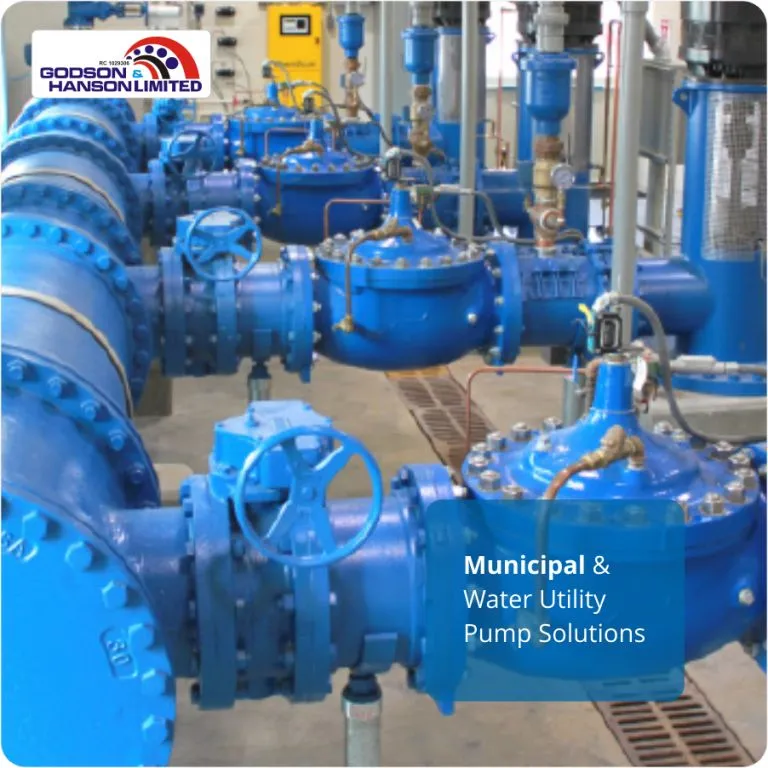Investing in Water Infrastructure for a Sustainable Future
Water is a vital resource that is essential for life, yet many communities around the world lack access to clean and safe water. As the global population continues to grow, the demand for water is increasing, putting a strain on existing water infrastructure. Investing in water infrastructure is crucial for ensuring a sustainable future for all.
The Importance of Water Infrastructure
Water infrastructure refers to the systems and facilities that are used to manage water resources, such as treatment plants, pipelines, and reservoirs. These infrastructure systems are essential for delivering clean and safe water to homes, businesses, and industries. Without adequate water infrastructure, communities are at risk of waterborne diseases, water shortages, and pollution.
Investing in water infrastructure is not only important for public health and safety but also for economic development. Reliable water infrastructure is necessary for supporting agriculture, manufacturing, and tourism industries. By ensuring a reliable water supply, communities can attract businesses and create jobs, leading to economic growth and prosperity.
The Challenges of Water Infrastructure
Despite the importance of water infrastructure, many communities face challenges in maintaining and upgrading their systems. Aging infrastructure, population growth, and climate change are putting pressure on existing water systems, leading to leaks, contamination, and water shortages.
In addition, many communities lack the financial resources to invest in water infrastructure. The cost of building and maintaining water systems can be significant, especially for small towns and rural areas. Without adequate funding, these communities may struggle to provide clean and safe water to their residents.
The Benefits of Investing in Water Infrastructure
Investing in water infrastructure has numerous benefits for communities and the environment. By upgrading water systems and implementing water conservation measures, communities can reduce water waste, lower energy costs, and protect water quality. This can lead to improved public health, increased economic development, and a more sustainable future.
Furthermore, investing in water infrastructure can help communities adapt to the impacts of climate change. By building resilient water systems that can withstand extreme weather events, communities can ensure a reliable water supply even in times of drought or flooding. This can help prevent water shortages and protect ecosystems that depend on clean water.
How to Invest in Water Infrastructure
There are several ways that communities can invest in water infrastructure to ensure a sustainable future. One option is to secure funding from government grants and loans. Many government agencies offer financial assistance for water infrastructure projects, including the Environmental Protection Agency and the Department of Agriculture.
Another option is to form partnerships with private companies and non-profit organizations. By working together, communities can leverage resources and expertise to develop innovative solutions for water infrastructure challenges. Public-private partnerships can help reduce costs, improve efficiency, and increase access to clean water for all residents.
Conclusion
Investing in water infrastructure is essential for ensuring a sustainable future for all. By upgrading water systems, implementing water conservation measures, and building resilient infrastructure, communities can protect public health, support economic development, and adapt to the impacts of climate change. With the right investments and partnerships, we can create a world where clean and safe water is available to everyone.
Let’s work together to invest in water infrastructure for a sustainable future.
#Investing #Water #Infrastructure #Sustainable #Future







